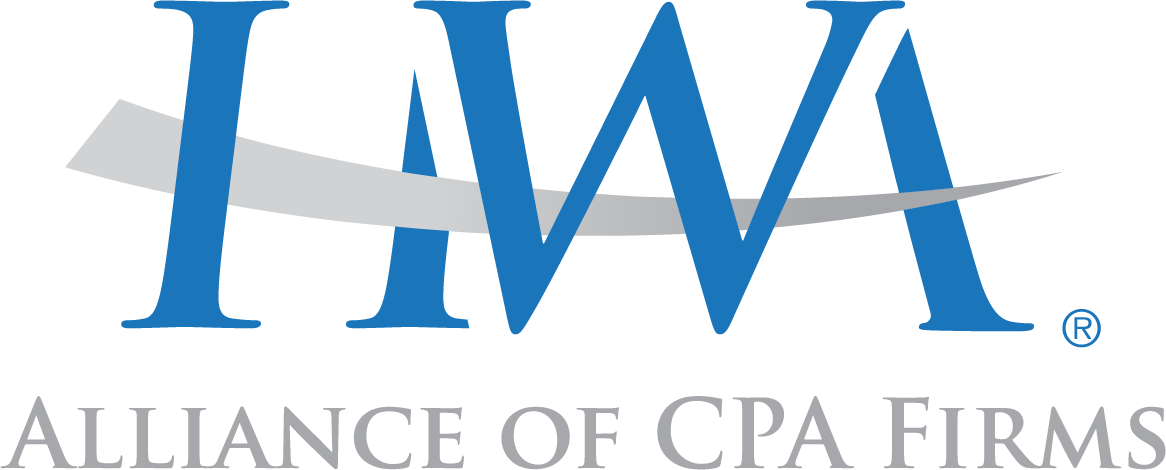22
Jan 2020
HUD vs. FHA Loans: WhatÔÇÖs the Difference?

HUD vs. FHA Loans: An Overview
You may have heard that government loans are available for would-be homeowners who are saddled with bad credit and/or a history of bankruptcies or foreclosures. In reality, though, it’s not quite that simple. The federal government has a multitude of programs in place that support a variety of needs for Americans. In the interest of promoting homeownership—especially for low-income Americans—it may be willing to guarantee a mortgage for you through one of its housing programs if you have less-than-optimal credit. In other words, the government can promise the lender that it will make good on the loan if you don’t. The federal government has several agencies that analyze housing in America and facilitate mortgage lending support for Americans. Some of the most well-known agencies include the U.S. Department of Housing and Urban Development (HUD), the Federal Housing Administration (FHA), the Federal Housing Finance Agency, the Federal Home Loan Bank System, and also government-sponsored enterprises Freddie Mac and Fannie Mae. In 1965, the FHA became part of the U.S. Department of Housing and Urban Development. Here we will look at the roles of these two agencies and their mortgage loan options.KEY TAKEAWAYS
- The FHA is part of the U.S. Department of Housing and Urban Development.
- HUD itself doesn’t do loan guarantees for individual homes unless you’re a Native American.
- It is solely the FHA that insures mortgages for single-family-homebuyers.
HUD
The Department of Housing and Urban Development primarily supports community development and homeownership through several initiatives. While HUD does some loan guarantees on its own, its focus is primarily on multifamily units, not individual homes (with the exception of HUD Section 184 loan guarantees, which are available only to Native Americans buying homes or other real estate). Therefore, it is the FHA which single-family homebuyers must look to for individual support.FHA
The Federal Housing Administration (FHA) is a public, government mortgage insurer. It operates from its own self-generated income. As such, it is one of the only government agencies to be entirely self-sufficient without reliance on taxpayer funding. Most mortgages with a down payment of less than 20% will require some type of mortgage insurance which includes insurance premiums protecting against default. The FHA is a federal mortgage insurer that primarily focuses on insurance for low income, single family homes. Because of its market position and focus, it has very specific requirements for the loans it will insure.Qualifying for a FHA Loan
To secure an FHA mortgage loan, a borrower must go through an FHA-approved lender, typically a bank. Credit quality for an FHA loan is lower than standard mortgage loans. Borrowers do not need a perfect credit history. Individuals who have gone through bankruptcy or foreclosure are eligible for an FHA loan, depending on how much time has passed and whether good credit has been re-established. Americans can be eligible for an FHA loan with a minimum credit score of 500. Down payments can also be as low as 3.5%.- Credit score of 500 to 579: eligible for 10% down payment
- Credit score of at least 580: eligible for 3.5% down payment
- Debt-to-income of less than 43%
- The home must be the borrower’s primary residence
- Borrowers must show proof of employment and income
- Down payment ranging from 3% to 20%
- Credit score minimum of 620
- Private mortgage insurance of 0.5% to 1% of the loan principal annually for loans with down payments less than 20%
- Debt-to-income ratios ranging from 40% to 50%

